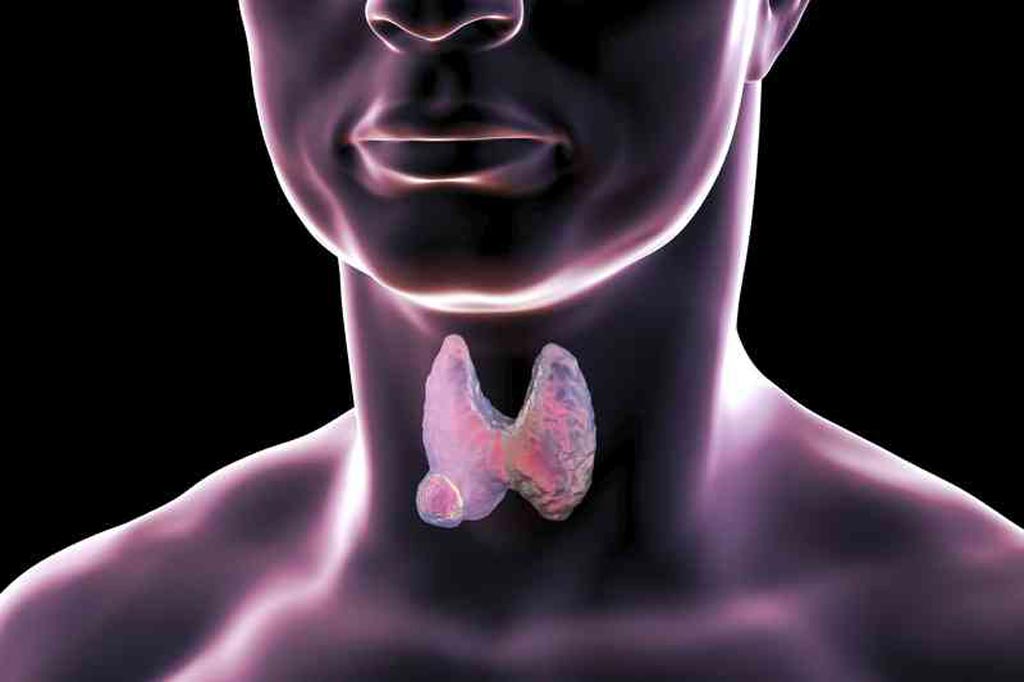Novel Imaging Technique Could Help Characterize Thyroid Disorders
By MedImaging International staff writers
Posted on 05 Nov 2019
A combination of multispectral optoacoustic tomography (MSOT) and ultrasound can be used for initial evaluation and differential diagnosis of thyroid disorders, according to a new study.Posted on 05 Nov 2019
Researchers at University Hospital Münster (UKM; Germany), Munich Technical University (TUM; Germany; www.tum.de), and other institutions conducted a study to evaluate the viability of using hybrid MSOT/ultrasound to image thyroid disorders, such as Graves’ disease and thyroid nodules. Eighteen patients were included in the study: three with Graves' disease, three healthy volunteers, nine with benign thyroid nodules and three with malignant thyroid modules. Thyroid nodules and lobes were resected and imaged from all patients, who also underwent a routine clinical thyroid evaluation.

Image: Abnormal thyroid gland with Hashimoto’s disease (L) and a normal gland (R) (Photo courtesy of 123rf.com).
The MSOT images were reconstructed, and several functional biomarkers and tissue parameters were analyzed, including deoxygenated hemoglobin, oxygenated hemoglobin, total hemoglobin, saturation of hemoglobin, fat content and water content. Regions of interest were then drawn onto the ultrasound scans and transferred to the corresponding co-registered MSOT images, and statistical analyses were then performed to provide semi-quantitative tissue characterization and functional parameters.
The results revealed that hybrid MSOT/ultrasound imaging found significantly higher deoxygenated hemoglobin and total hemoglobin, as well as significantly lower fat content, in Graves' diseases lobes, as compared with healthy controls. When comparing the thyroid nodules imaged with MSOT/ultrasound, malignant thyroid nodules showed significantly lower saturation of hemoglobin and lower fat content than benign nodules. The study was published in the October 2019 issue of The Journal of Nuclear Medicine.
“Optoacoustic imaging is a new opportunity to employ optical imaging for deep tissue analyses with potential clinical applications in various benign and malignant diseases,” concluded lead author Wolfgang Roll, MD, of UKM, and colleagues. “Our study has shown that hybrid multispectral optoacoustic tomography and ultrasound can assess changes in tissue composition in thyroid disorders by providing semiquantitative functional parameters noninvasively.”
Currently, evaluation and risk stratification methods for thyroid disorders include hormone testing, high-resolution ultrasound, scintigraphy, and invasive procedures that include fine needle aspiration (FNA) biopsy and thyroidectomy. Non-invasive imaging with MSOT, which detects ultrasonic waves generated by the expansion of tissue illuminated with laser pulses, has already proven valuable in vascular imaging, inflammatory bowel diseases, and oncology.
Related Links:
University Hospital Münster
Munich Technical University














